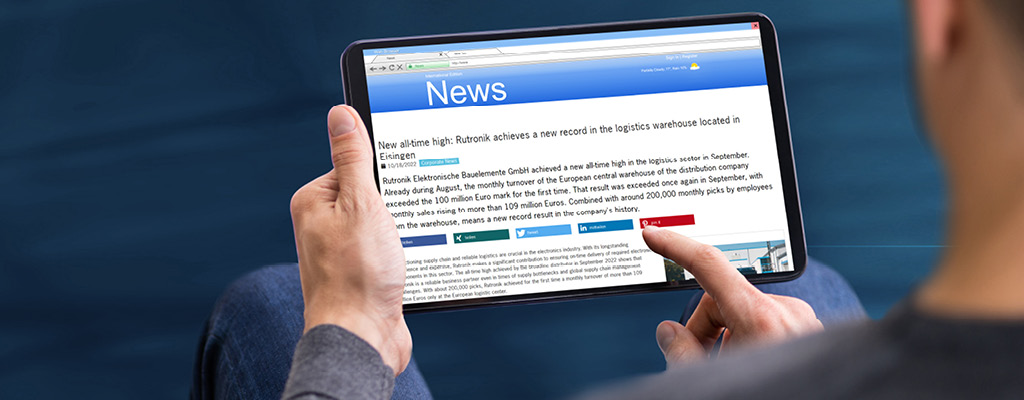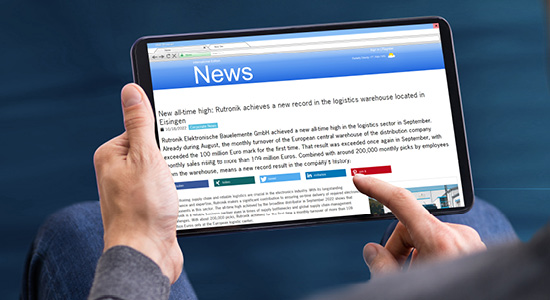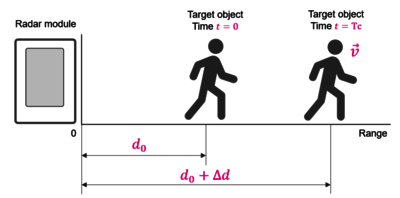The demonstrator includes the RAB3 radar and RDK2 boards, both of which are developed and provided by Rutronik System Solutions. The demonstrator is designed to detect motion within a 10-meter range in front of the radar sensor (e.g., a person walking). When motion is detected, the sensor delivers the distance and azimuth (angle) of the motion. The demonstrator uses a BGT60TR13C sensor from the Adapter Board RAB3 – Radar and the Base Board RDK2 for the digital signal processing. Since antennas 1 and 3 are used to detect the azimuth, the demonstrator should be mounted horizontally.
The RDK2 communicates with a Windows GUI via USB and displays the position of the detected motion in real time. The following challenges need to be addressed:
- When a person moves between the sensor and a fixed object (e.g., a wall) and then leaves the field of view, the wall is detected as a moving target. This issue can be resolved in the next phase by tracking fixed targets using a low-pass filter.
- The angle of the detected motion may be inaccurate at greater distances (approx. 10 meters). Filtering the value could be a solution. Using the variation of the phase within a frame as a quality indicator is also a good option.
- Display the velocity of the detected motion in the GUI. Since the Doppler FFT is computed, the velocity is also known.
To improve the demonstrator's performance and reliability, we recommend starting the next development phase with a focus on the following:
- Implement low-pass filtering to distinguish static from dynamic targets.
- Enhance angle accuracy through phase variation analysis and value filtering.
- Integrate velocity visualization into the GUI using existing Doppler FFT data.
Download the comprehensive Application Note on Signal Processing from Rutronik System Solutions. Whether you are optimizing your own design or are simply curious about advanced radar processing, this resource offers valuable insights.




